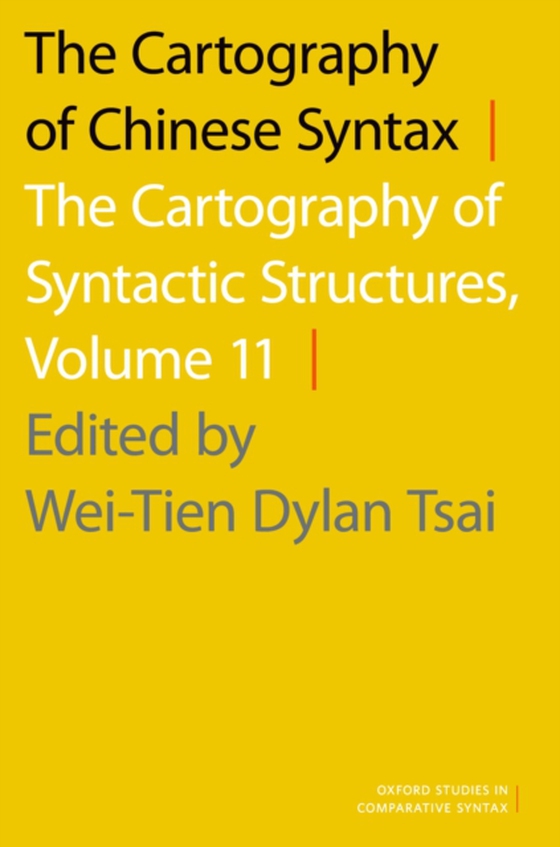
Cartography of Chinese Syntax e-bog
337,32 DKK
(inkl. moms 421,65 DKK)
This edited volume provides new insights into the architecture of Chinese grammar from a comparative perspective, using principles of cartography. Cartography is a research program within syntactic theory that is guided by the view that syntactic structures contain grammatical and functional information that is ideal for semantic interpretation - by studying the syntactic structures of a partic...
E-bog
337,32 DKK
Forlag
Oxford University Press
Udgivet
12 august 2015
Genrer
2GDC
Sprog
English
Format
epub
Beskyttelse
LCP
ISBN
9780190463793
This edited volume provides new insights into the architecture of Chinese grammar from a comparative perspective, using principles of cartography. Cartography is a research program within syntactic theory that is guided by the view that syntactic structures contain grammatical and functional information that is ideal for semantic interpretation - by studying the syntactic structures of a particular language, syntacticians can better understand the semantic issues at play in that language. The chapters in this book map out the "e;topography"e; of a variety of constructions in Chinese, specifically information structure, wh-question formation, and peripheral functional elements. The syntactic structure of Chinese makes it an ideal language for this line of research, because functional elements are often spread throughout sentences rather than clumped together as is usually dictated by language-specific morphology. Mapping Chinese syntactic structures therefore offers a window into the origin of heavily "e;scrambled"e; constructions often observed in other languages. The book includes a preface that will discusses the goal of cartography and explains how the collection contributes towards our understanding of this approach to syntax. The subsequent seven original articles all contain original syntactic data that is invaluable for future research in cartography, and the collection as a whole paints a broader picture of how the alignment between syntax and semantics works in a principled way.
 Dansk
Dansk

